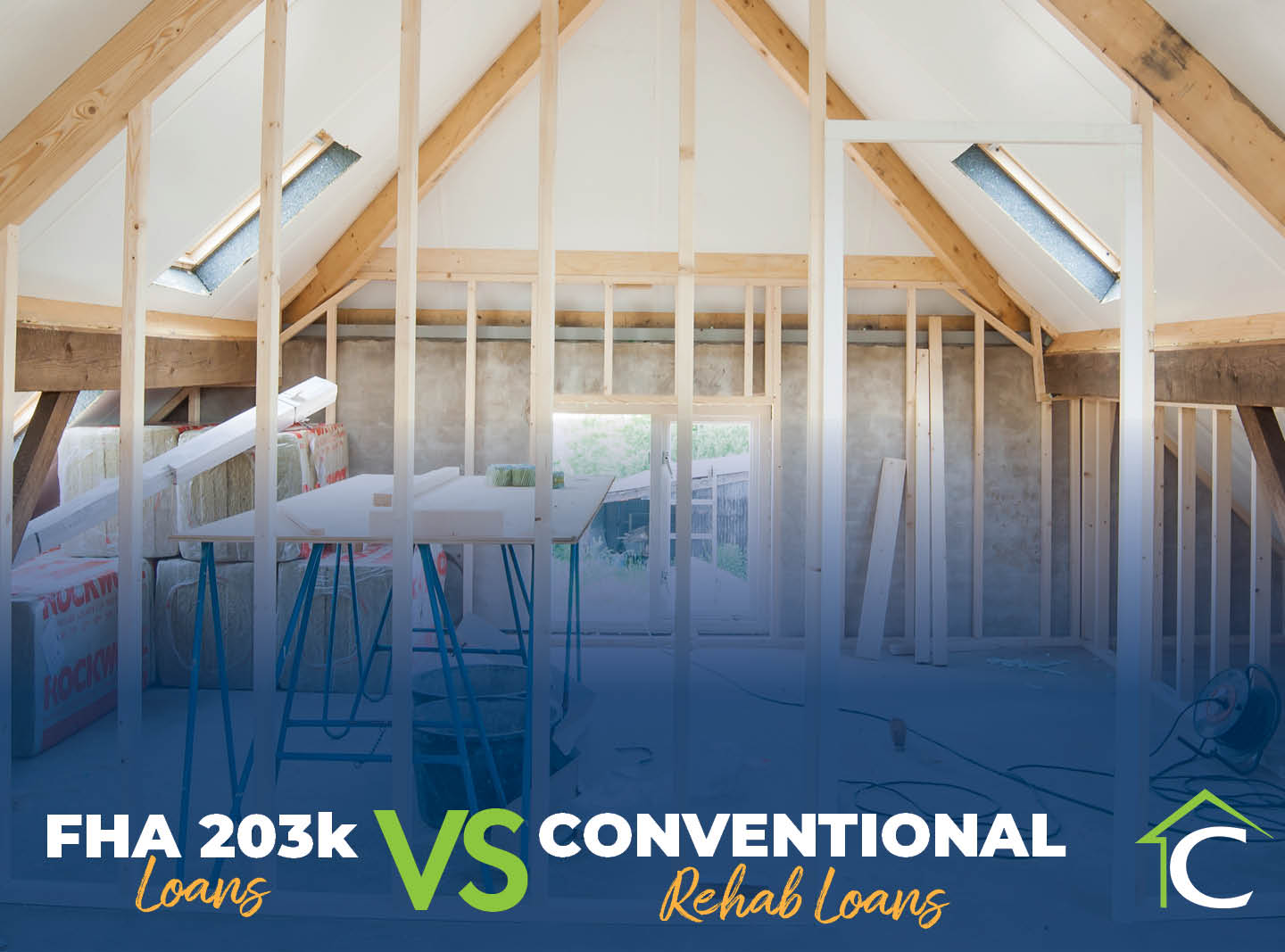The Federal National Mortgage Association, commonly referred to as FNMA or Fannie Mae, offers the HomeStyle® Renovation Mortgage. This loan is specifically designed to help home buyers purchase and remodel a property, or in some cases, refinance and update their current home. It can be extremely advantageous for borrowers who aren’t afraid to take on a fixer upper and customize the property to match their personal style. However, before you apply for a HomeStyle Renovation Mortgage, or any other loan for that matter, it’s important to learn more about its stipulations and requirements.
HERE ARE FIVE THINGS YOU SHOULD KEEP IN MIND AS YOU CONSIDER THE FANNIE MAE HOMESTYLE LOAN:
1. There are property requirements.
Similar to how home buyers don’t qualify for every mortgage loan available, properties don’t either. For a mortgage lender to consider approving a HomeStyle loan, the home itself must possess certain characteristics.
For example, as Fannie Mae explains, one- to four-unit primary residences and one-unit secondary residences or investment properties are all eligible for consideration. Such investment properties can even be “units in condos, co-ops, and PUDs [planned unit developments].”
Manufactured homes (MH) are also included, as long as renovation costs stay under “$50,000 or 50% of the ‘as completed’ appraised value.” This is in contrast with the aforementioned properties, in which funds are capped at “75% of the lesser of the purchase price plus renovation costs, or the ‘as completed’ appraised value for purchase transactions.”
2. The loan cannot be used to rebuild a home.
The HomeStyle loan is only for existing structures. Borrowers will not be eligible for such financial assistance if they’re looking to purchase land and construct an entirely new home. They also won’t qualify if they want to buy a home, tear it down and then rebuild. Remember, this type of mortgage loan is for people who wish to make helpful modifications to the property, such as re-configuring the kitchen, installing a new heating system or putting in new floors, rather than start from scratch.
3. Renovations no longer need to increase home value.
Despite having restrictions on property type, Fannie Mae doesn’t have many limitations in terms of renovation type. “Any type of renovation or repair is eligible, as long as it is permanently affixed to the property,” the government-sponsored enterprise continues.
The proposed changes to a property under this HomeStyle loan previously needed to add value to the home. However, according to a February 2018 announcement, this stipulation is no longer in place, which gives borrowers even more freedom in terms of what upgrades and repairs they can make. This could even include certain landscaping improvements outside of the home.
4. Borrowers must provide detailed renovation plans to the mortgage lender.
These plans are mapped out by the “registered, licensed, or certified general contractor, renovation consultant, or architect” the borrower hired to work on the remodel, states Fannie Mae on its official website. Such documents must include the intended repairs and/or updates to the property, as well as a precise timeline that shows when the work will start and finish by.
The renovation “plans and specifications” are important to the mortgage lender because they are used “to document and evaluate the quantity, quality, and cost of the renovation work that is to be done and to determine the amount of financing that will be available.”
However, this doesn’t mean changes cannot be made. The borrower would simply have to fill out the HomeStyle Change Order Request.
5. There is a time limit.
It shouldn’t take the contractor more than one year after the funds from the loan are accessible to complete the planned renovations. As Fannie Mae points out, it is the mortgage lender’s responsibility to keep track of the projects and make sure they will meet their projected completion date. It is Fannie Mae’s ultimate decision to approve a renovation that will take longer than the expected time to complete.
Contact Contour Mortgage today for a free, no-obligation renovation financing consultation to see what you qualify for.

















